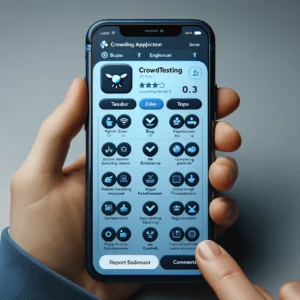Why Your Workspace Matters
The environment you choose to work in has a direct impact on your productivity and well-being. Therefore, it’s essential to pay attention to details that contribute to a work-conducive space. Investing in ergonomically designed furniture is not a luxury but a necessity for your long-term health. Imagine spending hours in a chair that wreaks havoc on your posture—your productivity will undoubtedly suffer.
Similarly, good lighting should be a priority. Natural light not only improves visibility but also enhances your mood and reduces eye strain. If you can, place your work desk near a window to make the most of natural light.
Moreover, it’s imperative to minimize distractions, particularly if you’re sharing your living space with others. A clutter-free desk can enhance focus and make room for creative thinking. Let your housemates or family members know your work schedule to prevent unnecessary interruptions. This not only benefits you but also helps them understand when you are available for social interaction.
The Art of Managing Time
If time management is important in a traditional office, it’s absolutely crucial in a remote setting. To effectively manage your time, start by prioritizing your tasks. Tools like the Eisenhower Matrix can be incredibly useful for determining what requires your immediate attention.
Another strategy that can prove fruitful is time-blocking. Instead of tackling tasks haphazardly throughout the day, allocate specific time slots to different activities or phases of a project. It will give your day structure and prevent work from spilling into your personal time.
Equally important are the breaks you take between tasks. Our brains are not wired to focus for prolonged periods; they need short rests to recharge. Techniques like the Pomodoro Technique, where you work for 25 minutes and then take a 5-minute break, can be highly effective in maintaining sustained productivity.
Effective Communication Strategies
Communication is the linchpin that holds remote work together. Given the absence of face-to-face interactions and non-verbal cues, every message must be conveyed clearly and explicitly. Regular check-ins with your team members can fill the communication gap. These check-ins need not always be formal; sometimes a casual conversation can be equally productive.
The means of communication also plays a significant role. While chat messages and emails are effective for some types of communication, video calls can sometimes achieve more in less time. It allows for more nuanced conversation and helps build rapport among team members who may never meet in person.
Technology as Your Ally
The use of technology can make or break your remote work experience. Project management software like Asana or Jira can dramatically simplify task allocation and monitoring. Cloud storage solutions such as Google Drive or Dropbox make file sharing seamless and ensure that all team members have access to the documents they need.
A Virtual Private Network (VPN) is another tool that can be vital if you’re dealing with sensitive information. It provides an extra layer of security, preventing unauthorized access to confidential data. Thus, it’s not just about leveraging technology but using it intelligently to streamline your work processes.
Work-Life Balance in a Remote Setting
When your home doubles as your office, striking a balance between work and personal life becomes even more challenging. The first step in establishing a healthy work-life balance is setting boundaries. Make it a rule to clock out at a specific time every day and stick to it.
Moreover, remember that it’s okay to take breaks and vacations. Your remote work setup shouldn’t become a conduit for endless work hours. Finally, integrate physical activity into your daily routine. A quick workout or even a short walk can significantly boost your physical and mental health.
Conclusion
Remote work is transforming the landscape of employment, offering both opportunities and challenges. By consciously setting up an efficient workspace, mastering the skill of time management, facilitating effective communication, smartly leveraging technological tools, and maintaining a healthy work-life equilibrium, you can set yourself up for sustained success in a virtual office environment. This guide serves as a comprehensive resource for anyone looking to not just adapt, but excel, in the increasingly prevalent world of remote work.





